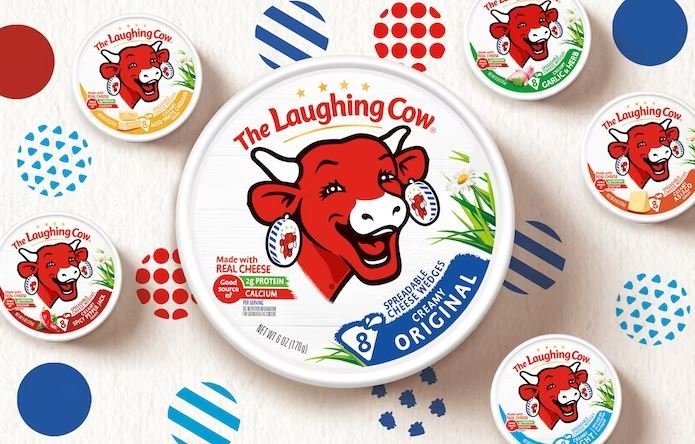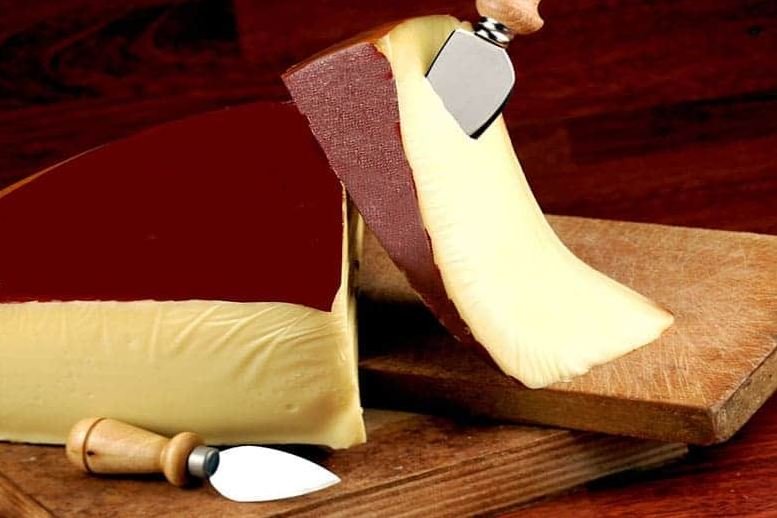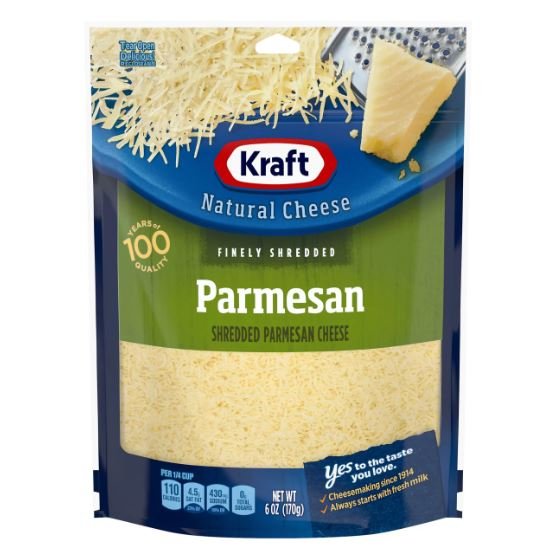A claim has been made that cheese also contains sawdust and wood pulp in addition to the standard ingredients like salt, milk, culture, and rennet. The reason for this is that cheese producers have the power to change basic recipes by incorporating fresh ingredients, which in turn changes the type of cheese. So does cheese contain sawdust and woodpulp in it?
No, the claim that cheese contains sawdust and wood pulp is an exaggeration. But there is a valid reason for this claim, and it is actually about cellulose. Many of these cheese products, including those made by well-known shredder Kraft-Heinz and those offered at Walmart and Albertson, contain up to 9% cellulose.
Cellulose, a byproduct of wood pulp or plant fibres, is used to prevent clumping and facilitate cheese passage through the lid’s holes. They also contain potassium sorbate, a preservative that keeps dried fruits, cakes, and wines from going bad and extends their shelf life.
Is It True That Some Types Of Cheese Contain Sawdust And Wood Pulp As Ingredients?
They don’t contain sawdust; instead, they contain cellulose. You can find cellulose in foods you already eat, like nuts, which are components of plant cells. That would be like saying, “If you eat broccoli, you’re eating sawdust,” since plants contain cellulose.
Depending on the company, the cellulose used may come from a tree, but it’s not as simple as just calling it sawdust. In a lab experiment, Bloomberg tested the wood pulp content of store-bought grated cheese and discovered that many types of cheese contain cellulose, which is made from wood pulp. Essential 8.8% of the cellulose in Jewel-Osco’s daily 100% grated Parmesan cheese was present.
Wal-Mart Stores Inc.’s Great Value 7.8% of cellulose was present in 100% grated Parmesan cheese. Cellulose wasn’t listed as an ingredient in the Whole Foods 365 brand, which tested at 0.3%. 3.8% of Kraft contained cellulose.
What Is The Purpose Of Adding Sawdust Or Wood Pulp To Cheese, And Is It Safe For Consumption?
Foods taste better in the mouth thanks to the addition of cellulose. It frequently makes processed foods taste better without adding sugar or oil. The FDA has approved it. There is no conspiracy. However, those who hold this viewpoint also think that gasoline is a liquified dinosaur.
A company called Castle Cheese was fined about ten years ago for using too much cellulose in its Parmesan cheese. Internet users never forget. As a result, these errors occasionally recur. Even though sawdust contains cellulose, it is extremely unlikely that the cellulose in food originates from sawdust. It is safe and is present in many foods.
How Can Consumers Tell If Cheese Contains Sawdust Or Wood Pulp?
By looking at the ingredient list on the label, consumers can find out if cheese contains sawdust or wood pulp. Sawdust or wood pulp can be referred to by a variety of names, including cellulose, cellulose powder, or cellulose fibre. Cellulose is a typical food additive that can be made from wood pulp or other plant sources.
Cellulose is sometimes added to cheese to improve texture or prevent caking. Nevertheless, a high cellulose content might be an indication of tampering or poor quality control. In addition to cellulose, look out for potato starch, modified food starch, and powdered cellulose on cheese labels.
In order to increase the weight, bulk, or shelf life of cheese, these ingredients can be added. If you want to avoid consuming cheese that has been added with sawdust or wood pulp carefully read the ingredient list and choose products with fewer additives. It will be beneficial to purchase cheese from reputable businesses that emphasize ingredient transparency.
Are There Any Health Risks Associated With Consuming Cheese That Contains Sawdust Or Wood Pulp?
Cheese that includes sawdust or wood pulp is typically regarded as being fake or adulterated. Although it is not nutritious and probably won’t cause any short-term health problems, it could cause long-term problems.
These filters have no nutritional value and, in some cases, might even contain dangerous contaminants or chemicals. Regular consumption of cheese containing sawdust or wood pulp may increase your risk of developing digestive problems like bloating, constipation, or diarrhoea.
Additionally, it can raise the risk of inflammation, which has been linked to a number of debilitating chronic illnesses like cancer, diabetes, and heart disease. As a result, it is advised to stay away from cheese that contains sawdust or wood pulp and to opt instead for premium, natural cheeses that are produced using actual, whole ingredients.
What Are The Regulations Around The Use Of Sawdust And Wood Pulp In Cheese Production
Presently, the FDA has not set a regulation on the usage rate of cellulose, which is an FDA-approved anti-clumping agent for grated cheeses. The presence of wood pulp in cheese does not seem to be the main cause for concern at this time. Instead, it appears that there may be some brands whose products lack transparent labelling.
Two well-known Wisconsin cheese companies that produce shredded cheese products have admitted to using cellulose as an additive, but they only use it in amounts of 2% or less. Additionally, cellulose was detected at 0.3% during testing even though the Whole Foods 365 brand doesn’t list it as an ingredient on the label.
According to Bloomberg, independent testing on various store-bought grated cheese varieties has shown that several brands use a noticeably higher amount of wood pulp, with one Jewel-Osco brand having 8.8% cellulose and a Wal-Mart brand having 7.8%.
Conclusion
Sawdust or wood pulp are uncommon ingredients in cheese. However, some kinds of cheese may contain cellulose, a type of fibre typically derived from wood pulp, as an additive to enhance texture or as an anti-caking agent. Always read the ingredient list on the package and, if at all possible, select high-quality processed cheeses.



















